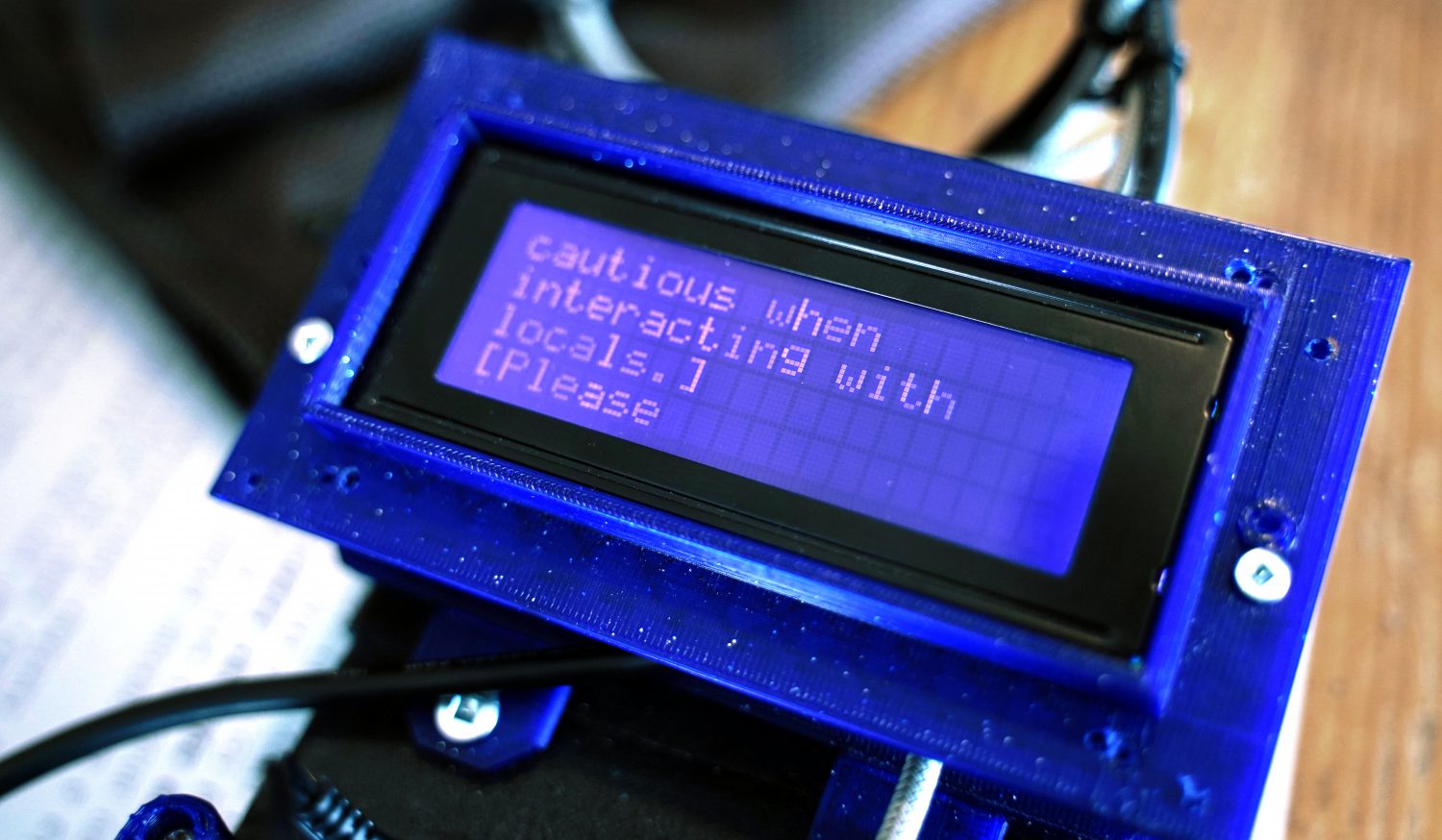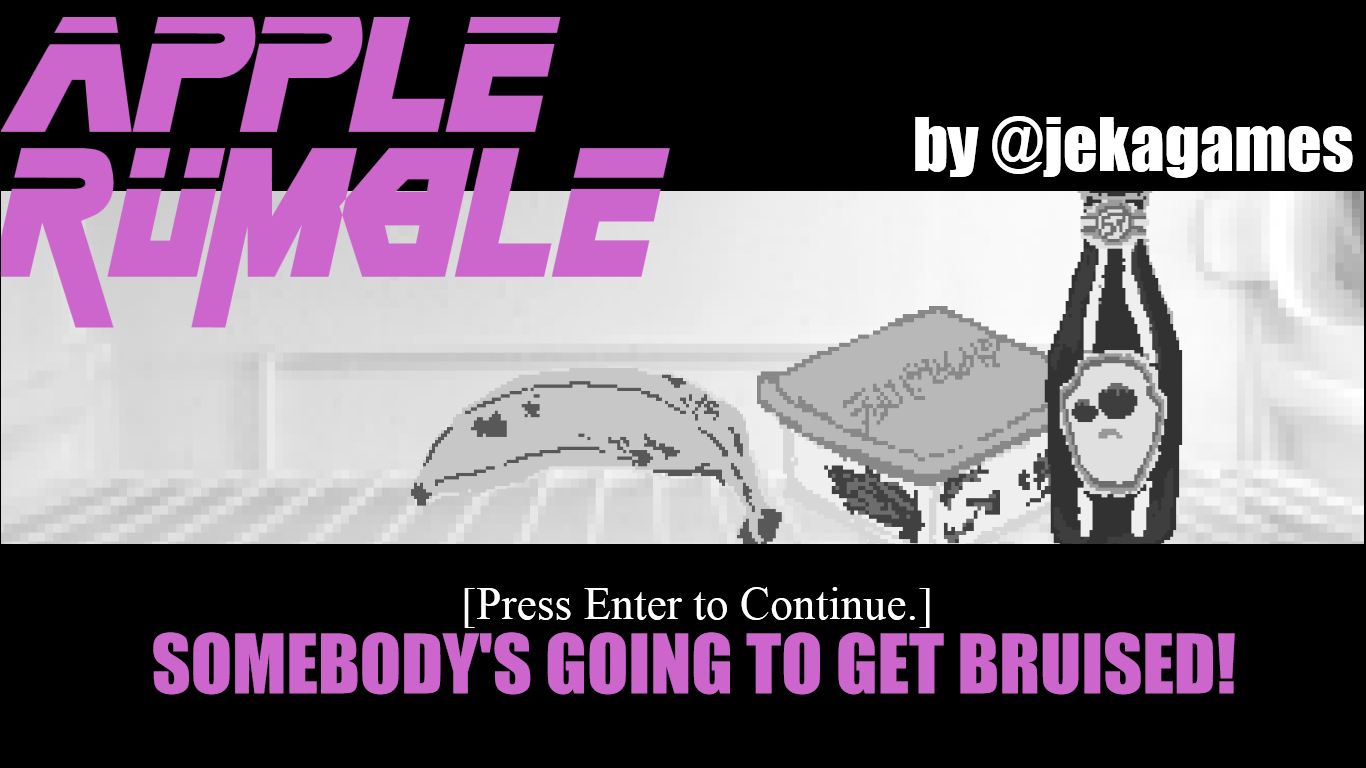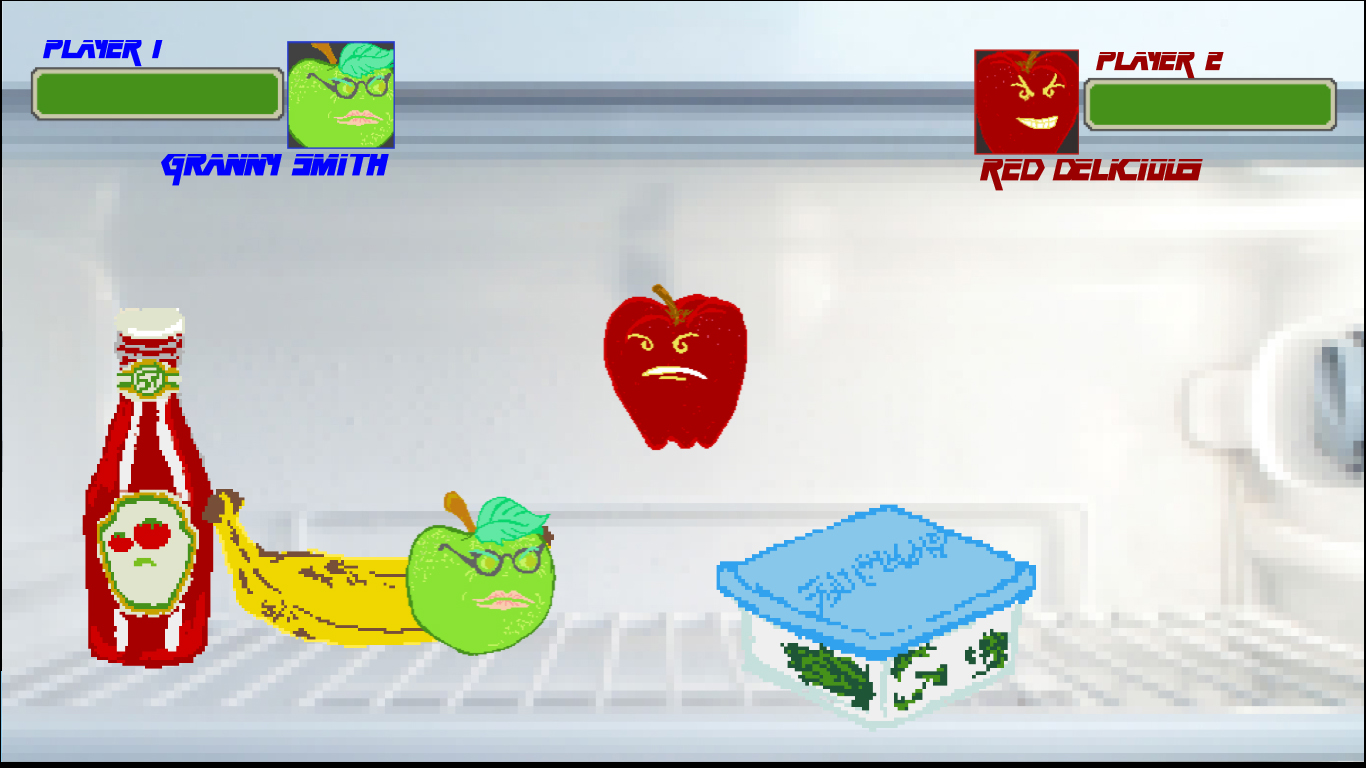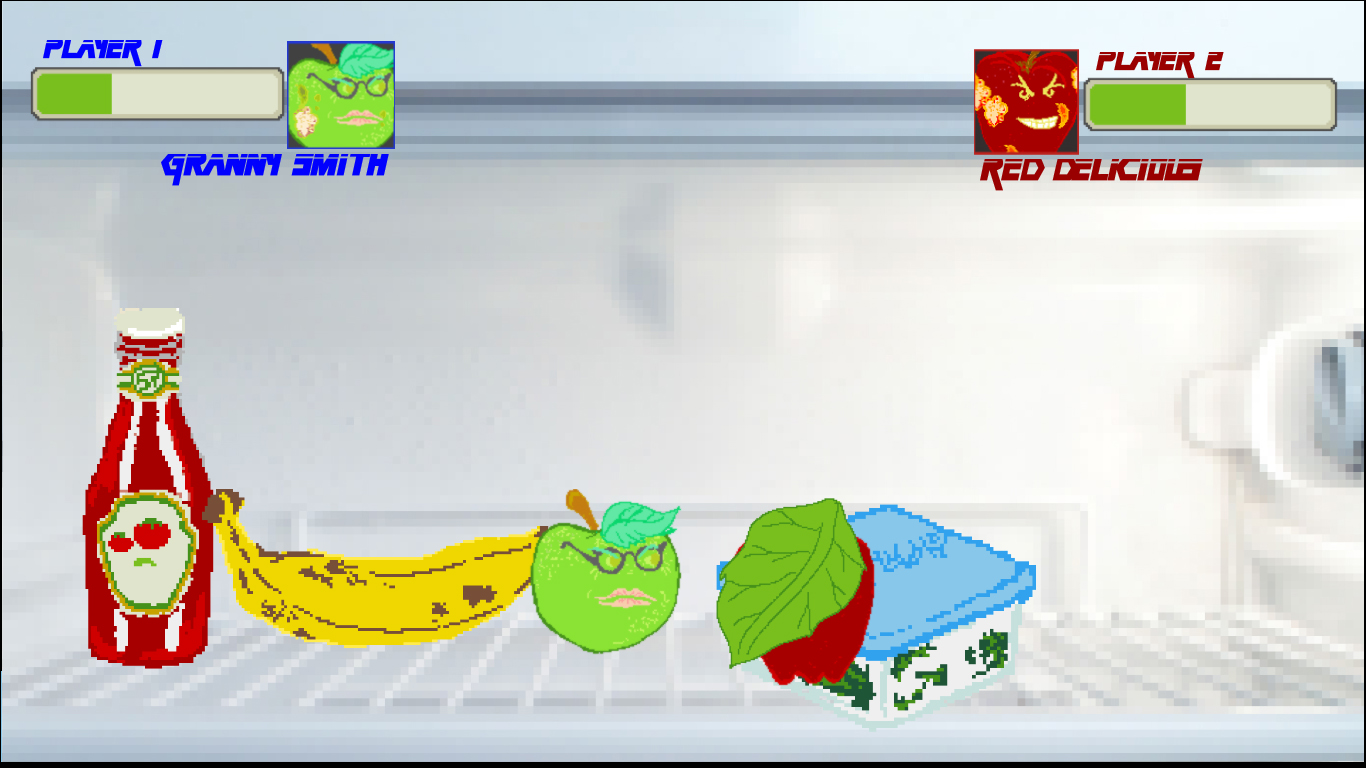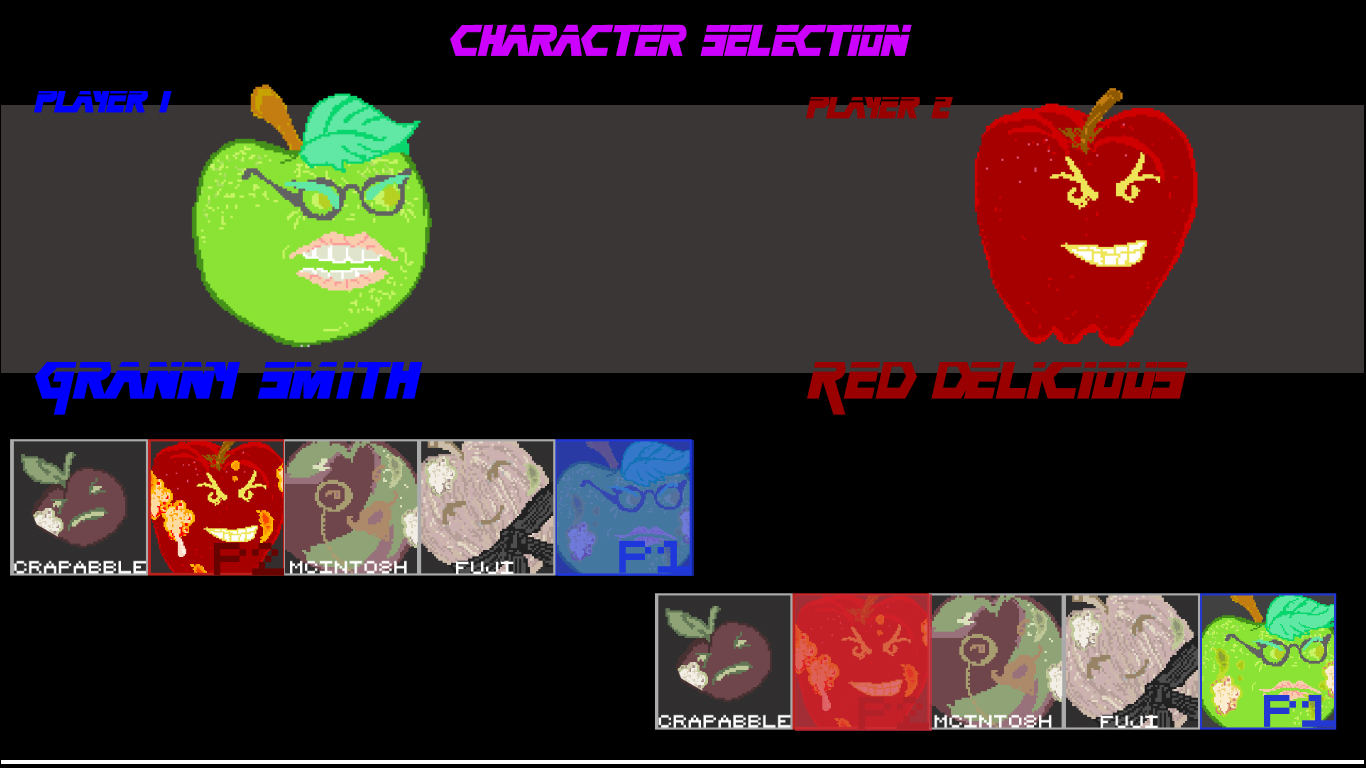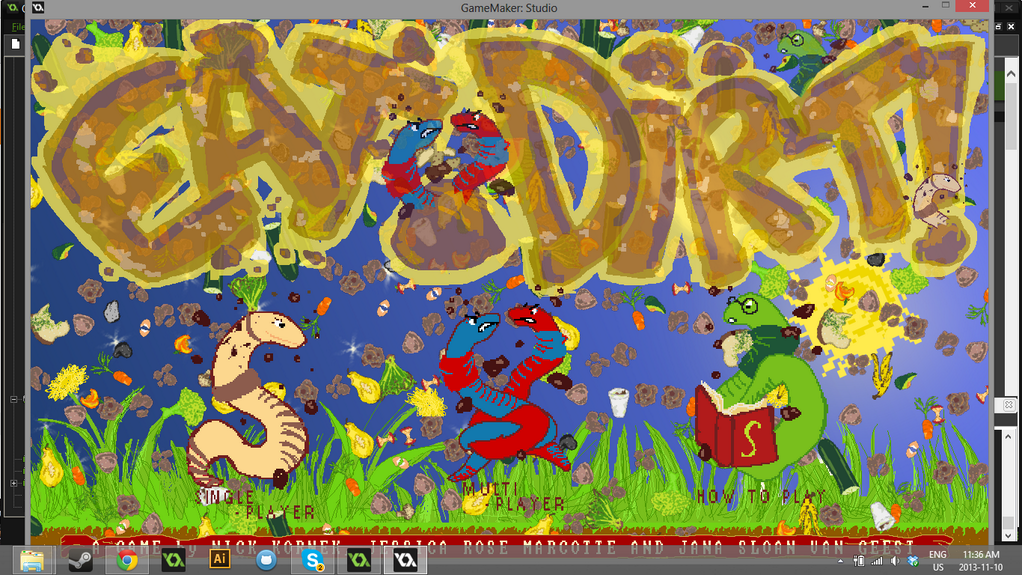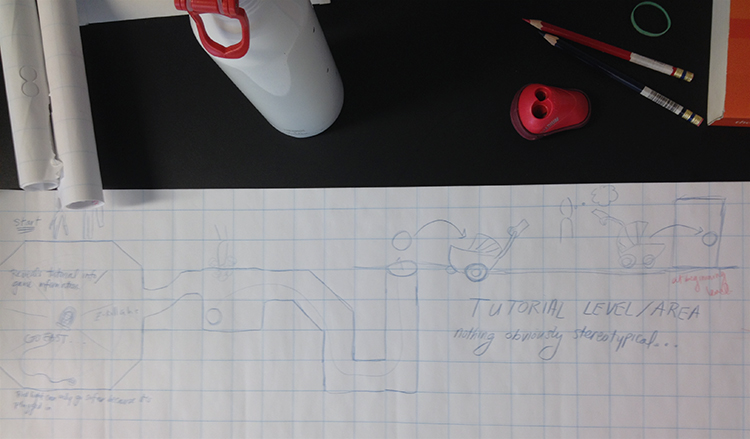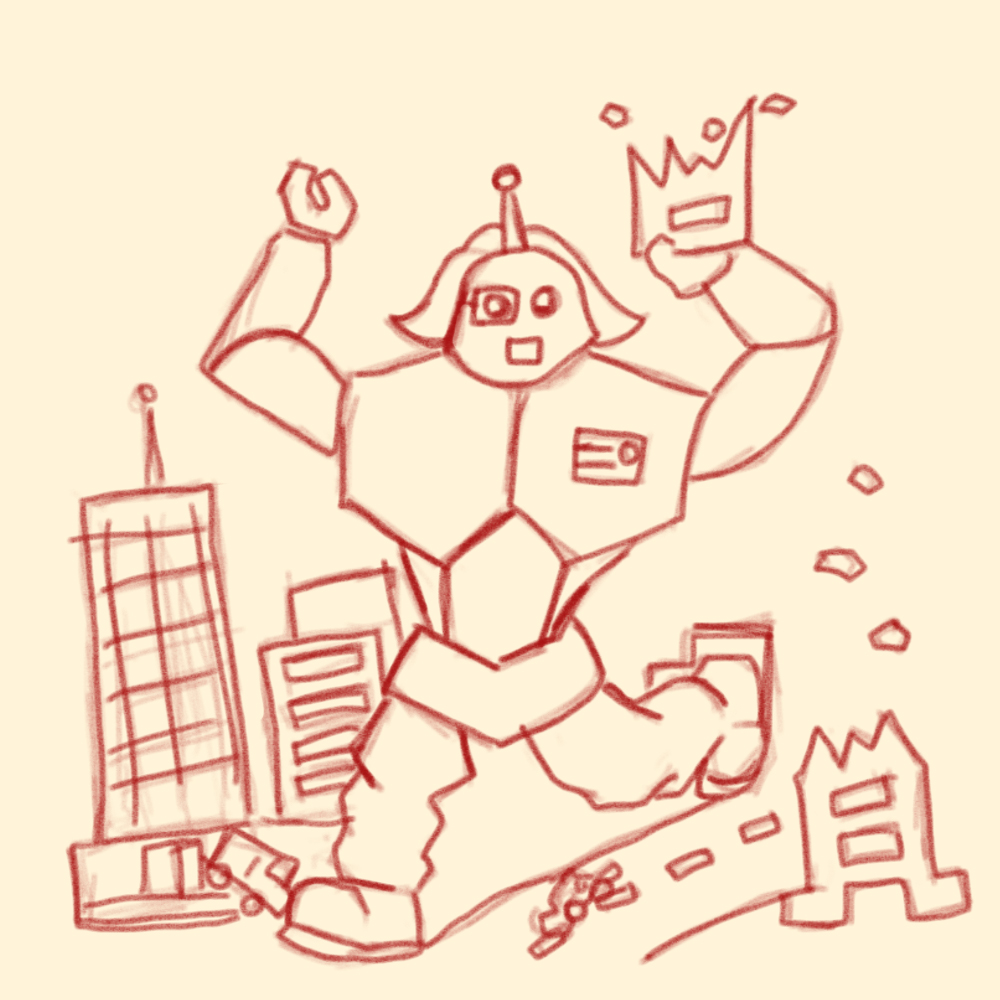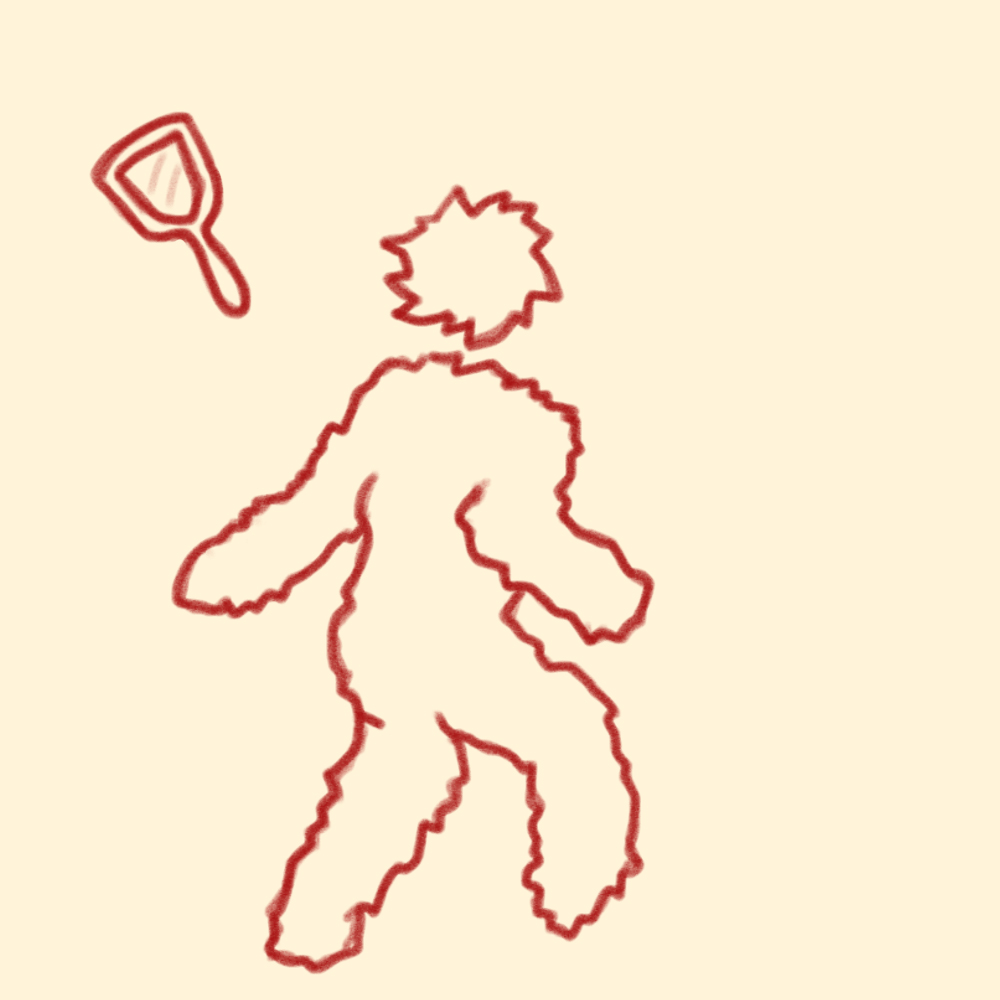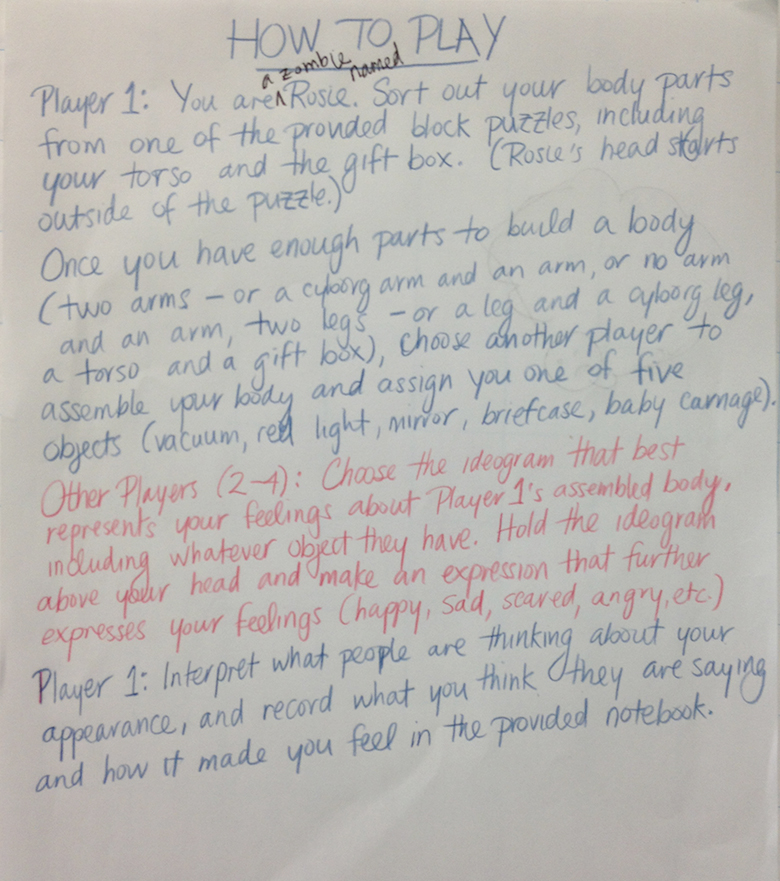I came into the TAG lab for the Critical Hit collaboratory ten weeks ago feeling rebellious against best practice and fired up about making games that broke all the rules thanks to Pippin Barr’s Curious Games’ Studio. I felt ready to do anything. If, working for just thirty-six hours over the course of six weeks, I could make a game for the Pixelles’ Incubator, or a complete Curious Game, then surely with my team, with each of us putting in 40 hours a week, we should have no problem making just about anything we wanted. I’m still fired up about breaking all the rules, and I think that Rosie doesn’t really play by the rules all that much, but I think that I have greatly matured, even in ten weeks, in terms of my expectations of what is possible to make in that same period of time, and in terms of my knowledge about making games in general. This is my post-mortem about Critical Hit and the creation of Assembling Rosie with Charlotte Fisher and Andy Lunga.
There are a few things that made the Assembling Rosie team unusual compared to other teams. One thing that made us different was that my team would only be together for eight weeks, not ten. Due to prior commitments, Andy and Charlotte had to wait two whole agonizing weeks to come in and work with me (except when they were able to sneak away for an afternoon, and in those early days I think every time they were able to come, we had a workshop). I was there during those first two weeks, doing the best that I could with concept work and paper prototypes, even as I finished up work for the Curious Games Studio. I showcased “Nitrogen Narcosis” alongside our first paper prototype, all those weeks ago. Seems like ages ago! We weren’t the only team that started with a paper prototype – “War Agent” also started on paper.
Another thing that made us unusual was that, other than Andy, we were all taking on roles that were partially or completely unfamiliar to us. Charlotte impressed me the most in this area: she had played a bit with Construct 2 in the past (for example, to make the prototype for our game), but on the whole, she taught herself to program in order to make this game. Similarly, I had dabbled in level design and sound design for my own games (what few they are – as most of you know, I only started making games in January), and these were two of my main roles during the creation of Assembling Rosie. I learned a great deal about sound and level design both, but I also learned a lot about making games in general.
I think that the hardest lessons that I personally had to learn about my expectations for Critical Hit were about scope. Our material was so rich, with so much room for expansion and exploration, that it was easy to go off the rails a bit and start thinking of all the amazing features that we could add. [The second hardest lesson that I had to learn was that many gamers just don’t like block puzzles (at least in the perhaps non-representative sample of people who tried our early block-puzzle prototypes).] Once we learned to be strict with ourselves about reigning in the scope, it became easier to think about short-term and long-term goals: goals for the incubator and beyond, if we so chose.
Looking back, what is most amazing to me is that in the end, none of the work that we did early on was lost – it was just…translated. For example, working with the block puzzle for so long opened us up to the idea, when we decided to nix it, of replacing it with another kind of puzzle. Similarly, for a long time there was supposed to be a weird companion creature who helped put Rosie together whenever she came out the other end of a block puzzle. Instead, there is one particular zombie in our sample levels who accompanies Rosie through the doors (which I like to think of as bathroom doors and which is the reasoning behind her needing that companion – girls, after all, are physically incapable of going to the bathroom alone unless they’re at work).
I remember one of the design challenges that puzzled us for the longest time being how to raise the stakes for the player: we largely wanted to steer away from having the player being able to lose permanently, and we had to make sure that we weren’t punishing players who weren’t yet good at playing and needed more practice. We toyed with the idea of time-limits, of decisions that couldn’t be reversed, and a large number of other solutions but in the end it’s something that we never quite managed to solve on our own. It took the first public playtest to cement the features that we were to keep in the game and to figure out that the stakes were plenty high: people were invested in the puzzles for their own sake, because they wanted to complete the level, rather than for any of the reasons that we thought we had to add.
Amongst the many thousands of things that I also learned was how to filter good advice – because we got a lot of good advice, from people who are great game makers with a ton of experience – but that doesn’t mean that it was always advice that we could take, either because it was advice for a game that wasn’t the one that we were making, or because we just felt strongly about a particular choice. Trusting our choices and seeing them through to their conclusions is the only reason that Assembling Rosie exists in the form that it does: there were various points when we had to decide whether to drop pretty much every feature that made it in the game. There are features that we did drop – like pretty much the whole idea of platforms and that traditional side-scrolling kind of obstacle – and we feel that the game is better for them.
Some of the best advice that we got from mentors was:
– Limit your scope, especially for key mechanics, and/or choose to do a vertical slice that you polish until it gleams like it wants to blind you. (We chose to do a vertical slice.)
– Do a content-lock at a pre-decided point before the end of the collaboratory, and from thereon in, work only at debugging and implementing.
– Don’t be worried just because it’s something that you haven’t seen done before. That’s a good thing.
– Implementing art assets will make the game feel more complete – do it as soon as possible!
A few of my favourite moments with mentors and visitors were meeting Vander Caballero from Minority (the creators of Papo & Yo), talking game stories with CJ Kershner, and having a level designer from Ubisoft tell us that he’d never seen anything quite like Assembling Rosie, and he really wanted to play around with it.
Something that helped me maintain a good momentum and a positive mindset was our use of the whiteboard that was next to our workstation. We filled it with short and longterm tasks, crossing them out or erasing them as we completed them. When the board was empty, we filled it again. On the morning of the 23rd of August, we emptied the board for a final time. It felt great. The board was a constant reminder of how much we had accomplished in a day or a week, and the physical act of erasure was a satisfying way to signal the reaching of a goal.
Overall, working with Charlotte and Andy was a really good fit. We had few conflicts, and those conflicts that we did have were quickly solved, mostly involving the normal misunderstandings of learning to work with one another. Compared to other teams, we had fewer conflicts, and once we got used to each other’s styles of working, these conflicts became non-existant. Largely, although we didn’t think that we couldn’t trust each other, we still had to learn to trust each other to know what we were doing, and to trust each other to make decisions independently, because it would have become difficult to, say, clear each individual design, programming, or art decision with the whole team. Thankfully, we learned that trust fairly quickly, and we retained a positive attitude about the project throughout the entire experience. We celebrated small victories even as we moved on to our next goals. Andy’s art is a perfect fit for the game, Charlotte managed to meet every programming challenge that was put before her, and I think that my brain-eating sounds are delightfully squishy and my ideograms and graffiti aren’t too embarrassing compared to Andy’s magical backgrounds. The levels that I designed with Charlotte turned out to have a good learning curve and challenge rating, and our metaphors were well-received.
Here’s what we said about the game during this Friday’s presentation at Google Montreal (sans introductions and thank-yous), where the game was extremely well-received and the stations to play it weren’t empty for a moment during the entire soiree:
“Assembling Rosie is a puzzle-platformer game with a twist. What we have for you tonight is a vertical slice, three sample levels that demonstrate what the full game will be.
In the game, you play the role of Rosie, a female zombie who was a punk tattoo artist in life and who must discover her new identity in death. As a zombie, Rosie has the ability to switch out her body parts for objects that she encounters in the environment in order to complete puzzles and acquire delicious brains. All the while, she encounters other zombies who judge her performance and appearance. These other zombies can choose to help or hinder her based on their interactions together.
Through the game’s own rules and systems, we are exploring the perpetuation of female stereotypes and traditional roles as well as the external pressures on women who are expected to navigate these roles. Modern women are expected to juggle a variety of identities and switch at a moment’s notice and we were interested in exploring that in our game.
We were interested in video games as a medium for this exploration not only because we are gamemakers, but also because of the problematic treatment of female gamers in game culture as well as the often troubling portrayal of female characters in games. What could be better than making a game with a strong female lead who has to face up to these problems?
Included in the slice are pieces of graffiti that take jabs at Rosie’s femininity and identity, many of which are lifted directly from Xbox Live transcripts. What’s worse is that, in order to access these insults and slurs, and indeed in order to complete the levels, Rosie must adopt a vacuum arm and start cleaning, thus suggesting a stereotypical role that she is being forced to embody.
Having said that, we wanted to avoid being overly didactic and wanted to make a genuinely fun game – something that would be fun to play and would retain a sense of humour. We hope that you’ll enjoy the game.”
I’m extremely grateful for what the Critical Hit collaboratory allowed me to experience over the last ten weeks. We’re still figuring out a means of distribution for Assembling Rosie, but I’ll be sure to let you all know when it’s available online. Meanwhile, you can listen to Charlotte and I talk about the game on CBC Quebec AM.
